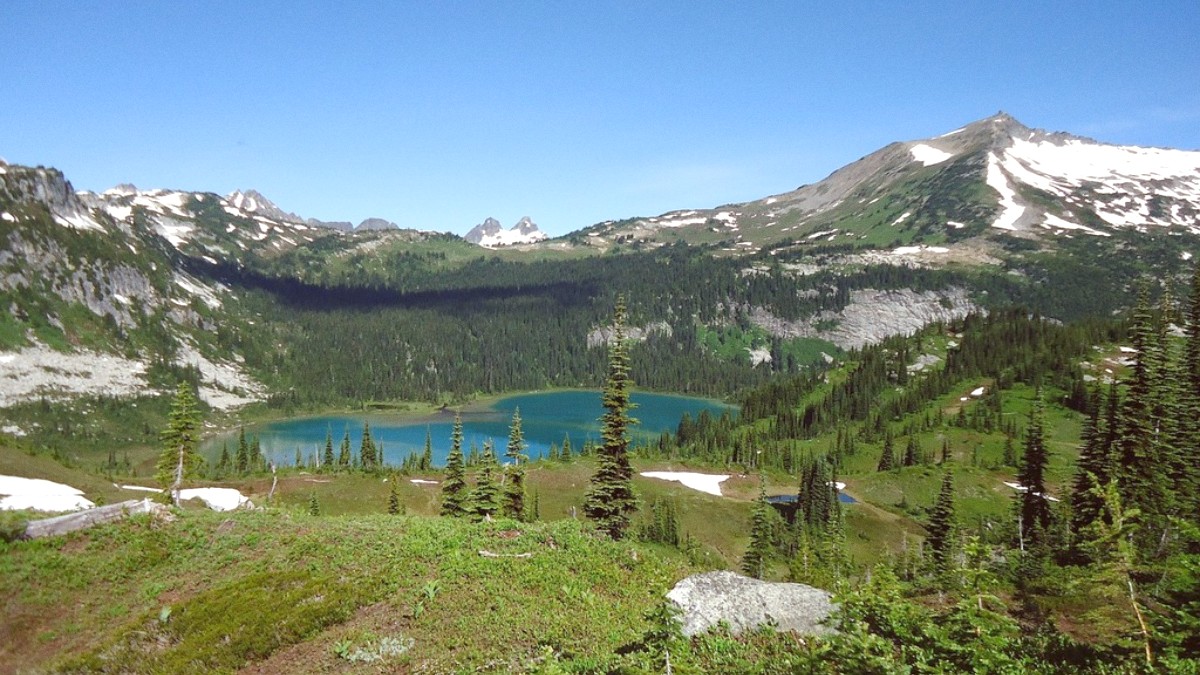
Washington, USA
Your layering system forms your core attire.
Adapt your clothing to the season for optimal comfort and safety.
Sturdy, broken-in hiking boots with good ankle support are necessary for most trails. Look for waterproof options, like the Merrell Moab 3 Mid Waterproof Hiking Boot, given the wet conditions on many trails.
Water shoes or sandals (e.g., Water shoes or Sandals) serve well for lake shores, river crossings, or as comfortable camp shoes. Pack comfortable shoes or sandals for relaxing around camp after a long hike.
Insulated, Waterproof winter boots are necessary for snow activities like snowshoeing or cross-country skiing.
Keep all your important documents organized and easily accessible. Make digital copies of all your documents and store them on a cloud service and an external drive.
While disconnecting belongs to the North Cascades experience, some technology proves useful for safety and convenience. Cell service is spotty in the park. Download all maps and information before signal loss.
Power banks are essential, as charging opportunities are limited in remote areas.
Use cloud services for backing up photos and copies of important documents. This protects your memories and information.
Carry an External hard drive for a physical backup of your data, especially photos and videos.
A USB drive can hold essential document scans and contact information.
A well-stocked health and wellness kit provides peace of mind. Customize your first aid kit based on your planned activities' length and intensity.
Pack remedies for common travel ailments: pain relief, allergy medication, antacids, cold/flu remedies, and motion sickness medication (useful for ferry rides on Lake Chelan).
Your planned activities determine specific gear. Rent larger or specialized items in nearby towns rather than bringing them from home.
Navigation tools and safety equipment are important for wilderness outings.
Specific gear for water activities or winter adventures.
These items enhance comfort, security, and convenience. Pack items that serve multiple purposes to save space and weight.
Sustainable practices and local considerations for a responsible visit.
Practice Leave No Trace principles, minimize waste, and support local communities.
Stay on trails and keep a safe distance from wildlife. Respect the wilderness.
Choose reusable items to reduce your environmental footprint.
Purchase goods and services from local businesses to benefit the community.
Save money by camping and packing food. Save time by pre-booking and visiting popular spots early.
Avoid common tourist mistakes like underestimating weather changes or relying on cell service. Prepare for an unplugged experience.